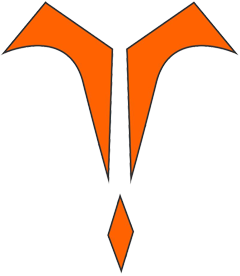Decompressive hemicraniectomy in patients with transtentorial herniation
Keywords:
brain edema, craniectomy, decompressive surgery, transtentorial herniationAbstract
Objective: To present the results, technique and indications of decompressive hemicraniectomy in patients with unilateral transtentorial herniation.
Methods: Ten consecutive patients with intracranial hypertension refractory to medical management and transtentorial herniation were treated with decompressive hemicraniectomy over a 3-year period with the following diagnoses: malignant infarction (3 patients), subarachnoid hemorrhage and vasospasm (2 patients), traumatic brain injury (3 patients), spontanous intracerebral hemorrhage, and venous thrombosis. Neurological status was assessed by the Glasgow Coma Scale (GCS) and by the modified Rankin Scale (mRS) on admission, and by the mRS on discharge, and on follow-up examinations. Computerized tomography (CT) scans performed preoperatively, and on the first, 7th postoperative days, and at one month were assessed for trastentorial herniation and midline shift. A decompressive hemicraniectomy, at least 14 by 11 cm was performed in all patients.
Results: There were three male and 7 female patients, ages 23 to 57 years. Neurological assessment preoperatively showed a median GCS score of 5.5, and hemiplegia in all patients, and ipsilateral 3rd nerve palsy in eight of ten patients. Median mRS score on admission was 5. CT showed radiological signs of unilateral transtentorial herniation in every patient. Mean midline shift was 11.2 mm in preoperative CT scans and 3.2 mm on the first postoperative day. Median mRS score at the last follow up examination was 1.5 The overall mortality rate was 10%. Six patients had favorable outcome (mRS < 3).
Conclusion: The results of this series suggest that decompressive hemicraniectomy is a safe and effective technique that can be a life saving measure in patients with intractable intracranial hypertension and unilateral transtentorial herniation due to various causes.

